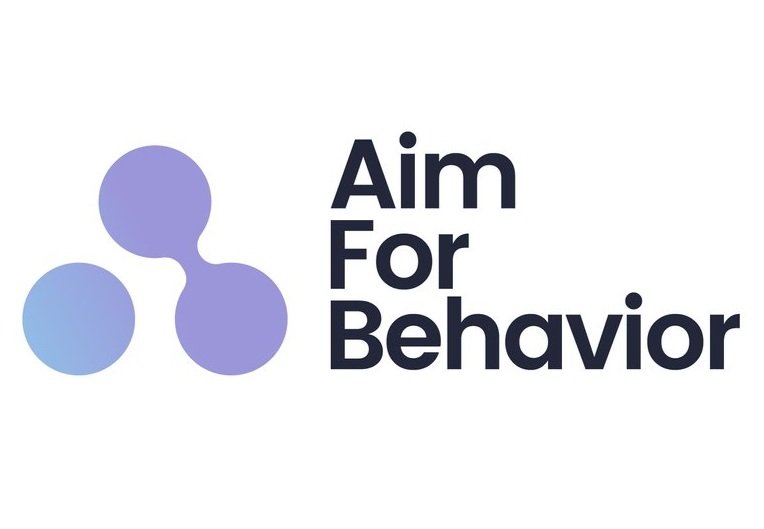The CUBES toolkit aims to enhance understanding and enable people's behaviors.
Author: Engl E and Sgaier SK. CUBES 2020
The toolkit stands for Change Behavior, Understand Barriers, Enablers, and Stages of Change.
Most Behavior change interventions often suffer from a lack of systemization, and understanding of contextual and perceptual behavioral drivers.
The solutions are often presented as easy strategies you can just copy and paste as if they will work with every one of your customers and employees, but that is simply not the case.
As per the Authors (Engl E and Sgaier SK. CUBES 2020) -"The CUBES framework articulates three critical components of behavior change.
-First, the path toward a target behavior consists of a series of distinct stages.
-Second, the progression through each of these stages is influenced by a set of contextual and perceptual drivers.
-Third, these barriers and enablers may be transmitted to the individual, reinforced, or weakened through influencers (such as friends, family, or community members), either directly or through media channels.
Here are a few more things from the toolkit:
-Behavior Change and Knowledge: Both passive knowledge (awareness) and active knowledge (skills) are essential for behavior change. However, having knowledge doesn't automatically translate into action.
-Stages of Change: In line with the CUBES framework, the behavioral change process is divided into three stages: knowledge, intention, and action. People can fluctuate between these stages.
-Repeat Behaviors and Habits: Sustained change is crucial. Repetition is more likely when a positive evaluation of the previous experience and a revised self-efficacy converge. Therefore, forming a habit requires automaticity and an association with contextual cues and rewards (not everything needs or can be a habit - routines also work)
-Contextual Drivers: These include social norms, customs, infrastructure, policies, laws, systems, processes, and demographic factors. These can shape and limit perception and action.
-Perceptual Drivers: These include biases and heuristics (mental shortcuts), beliefs formed by experience, emotions, and personality traits.
-Influencers and Channels: Influencers surround an individual in layers, including family, friends, peer groups, community relationships, and the larger social context. They can reach individuals either directly or at scale via various media channels.
-Interaction between Building Blocks of CUBES: All elements of CUBES influence each other deeply. It's crucial to disentangle these components to determine the best intervention.
In the end, understanding where people are on the knowledge–intention spectrum, outcome expectations, self-efficacy, structural factors, and social norms, can be essential to create effective interventions.
Robert

